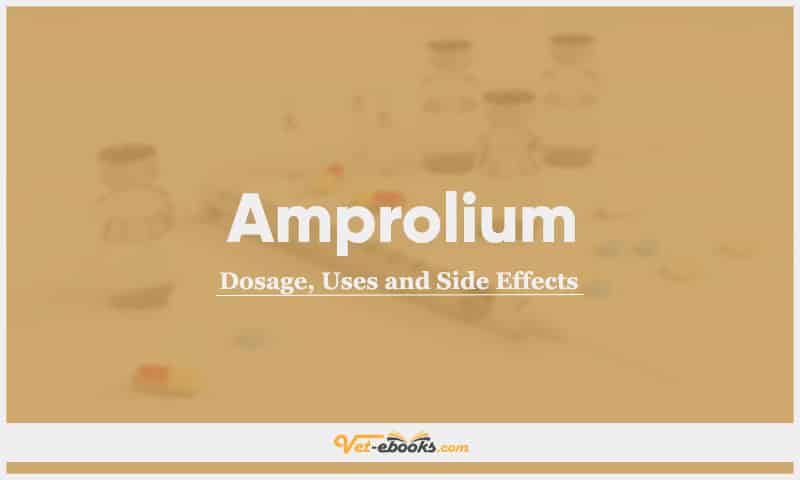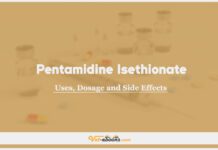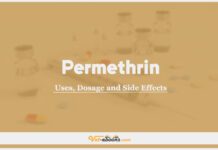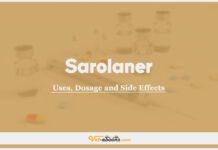Amprolium for Calves, Poultry, and Different Animal Species: Dosage, Uses, and Side Effects Guide

Overview
Amprolium for animals is a veterinary anticoccidial drug widely used to treat coccidiosis in dogs, cats, poultry, and cattle. As a thiamine analogue, it disrupts protozoal metabolism, making it effective against Eimeria spp infections. This guide provides complete details on amprolium dosage in dogs and cats, approved uses in livestock, potential side effects, and withdrawal guidelines for food animals.
Uses of Amprolium
- Calves (FDA-approved): Treatment and prevention of coccidiosis caused by Eimeria bovis and Eimeria zuernii.
- Poultry (FDA-approved): Treatment of coccidiosis caused by Eimeria spp (e.g., E. tenella, E. acervulina).
- In dogs and cats: Treatment of coccidiosis in dogs and cats. [Note: Limit duration of therapy to 2 weeks.]
- Sheep & Goats (extra-label): Control of coccidiosis in young animals.
- Camelids (extra-label): Treatment of Eimeria macusaniensis infections.
- Swine (extra-label): Control of Isospora suis in piglets.
- Pet Birds & Exotics (extra-label): Treatment of avian coccidiosis.
- Rabbits & Small Mammals (extra-label): Treatment of Eimeria infections.
- Ferrets (extra-label): Treatment of coccidiosis and protozoal GI infections.
Amprolium Dosage in Dogs, Cats, Cattle, Poultry, and More
| Species | Route | Dosage | Notes |
|---|---|---|---|
| 🐶 Dogs | Oral (p.o.) | 200–300 mg/dog q24h for 7–12 days Small puppies: 60–100 mg/dog q24h Larger puppies: 200 mg/dog q24h |
For coccidiosis; dose depends on size. Limit use to 12 days. |
| 🐱 Cats | Oral (p.o.) | 60–100 mg/cat q24h for 7 days OR 110–220 mg/kg on food q24h for 7–12 days |
Dose can be given on food for better palatability. |
| 🐮 Cattle (Calves) | Oral (p.o.) | Treatment: 10 mg/kg q24h for 5 days Prevention: 5 mg/kg q24h for 21 days |
Use as per FDA-approved label; monitor weight and hydration. |
| 🐑 Sheep | Oral (p.o.) | 55 mg/kg q24h for 19 days | Extra-label use; monitor for neurologic signs with prolonged use. |
| 🐐 Goats | Oral (p.o.) | 50 mg/kg q24h for 5 days | Extra-label use; effective at reducing Eimeria oocyst shedding. |
| 🦙 Camelids | Oral (p.o.) + Subcutaneous (SC) | 10 mg/kg p.o. q24h for 10–15 days + Thiamine 10 mg/kg SC every 5 days |
Thiamine supplementation is essential to prevent neurologic signs. |
| 🐖 Swine | Oral (p.o.) | 25–65 mg/kg once or twice daily for 3–4 days | Extra-label use; dose frequency depends on severity. |
| 🐔 Poultry | Drinking water | 0.012% for 3–5 days, then 0.006% for 1–2 weeks | Ensure medicated water is the sole source; adjust for outbreaks. |
| 🕊️ Pet Birds | Oral (p.o.) / Drinking water | 15–30 mg/kg/day p.o. for 1–5 days; repeat after 5 days OR 1–2.5 mL of 9.6% solution per liter of water for 5+ days |
Supplement diet with B vitamins; clean cages to prevent reinfection. |
| 🦊 Ferrets | Oral (p.o.) | 19 mg/kg q24h | Extra-label use for coccidiosis; monitor response. |
| 🐇 Rabbits | Oral (p.o.) | 0.15 mL/kg of 9.6% solution q24h for 5 days OR 0.5 mL/500 mL water for 10 days |
Ensure adequate hydration; diluted form preferred for group treatment. |
| 🐭 Rodents | SC / IM | 10–20 mg/kg divided every 8–24 hours | Extra-label use; adjust dose frequency based on species and severity. |
| 🦔 Chinchillas | SC / IM / IV | 10–15 mg/kg/day divided every 8–24 hours | Extra-label use; divide total dose for accurate delivery and tolerance. |
Amprolium Side Effects in Dogs, Cats, and Livestock
High doses or prolonged use in any species may lead to thiamine deficiency with neurologic signs.
In Dogs and Cats:
- Anorexia, diarrhoea and depression in dogs.
In Other Species:
-
-
Sheep and Goats:
- Risk of polioencephalomalacia (PEM) with neurologic signs including stargazing, opisthotonos, ataxia, and seizures.
- At toxic doses, suppression of erythrocyte production has been observed in lambs.
-
Calves:
- Generally well-tolerated at label doses.
- Possible anorexia or reduced feed intake.
-
Poultry:
- High or prolonged doses can lead to growth retardation, lethargy, and vitamin B1 deficiency signs.
-
Rabbits and Small Mammals:
- May experience anorexia, lethargy, and neurologic effects if overdosed.
- Close monitoring of hydration and nutrition is essential.
-
Amprolium Warnings and Contraindications in Veterinary Use
General Precautions (All Species):
-
- Prolonged use or high doses may lead to thiamine deficiency and neurologic complications.
- Avoid co-administration with thiamine supplements, as high dietary thiamine may reduce the efficacy of amprolium.
- Monitor animals for neurologic signs, especially during extended treatment or when using extra-label doses.
-
Dogs and Cats:
- Puppies: Avoid using more than 12 days due to higher sensitivity to thiamine deficiency.
- Bitter taste of the liquid form may cause reduced water intake; ensure proper hydration during treatment.
-
Ruminants (Sheep, Goats, Cattle):
- Do not exceed recommended doses; ruminants are especially at risk for polioencephalomalacia (PEM).
- Withdrawal times must be followed in food-producing animals (see product labels).
-
Camelids:
- Recommend thiamine supplementation during treatment to reduce risk of neurologic effects.
-
Pet Birds:
- Supplement with B-vitamins during treatment; sensitive species may react to high doses.
Important Clinical Notes on Amprolium for Veterinary Use:
-
✅ Dilution and Administration:
- The undiluted 9.6% liquid solution is bitter and unpalatable, which may reduce water intake in small animals. Always monitor hydration status, especially in dogs, cats, and small mammals.
- When using in drinking water, ensure it is the sole water source during treatment.
-
✅ Drug Interactions:
- High dietary thiamine or vitamin B1 supplementation can reverse the anticoccidial effects of amprolium.
- Avoid concurrent use with other thiamine analogues or antagonists without veterinary oversight.
-
✅ Monitoring:
- Observe animals for neurologic signs (e.g., stargazing, ataxia, seizures) if high doses or prolonged therapy is used.
- Monitor body weight and hydration, particularly in young or debilitated animals.
-
✅ Overdose Management:
- Signs of overdose include polioencephalomalacia (PEM) and neurologic disturbances.
- Treatment includes immediate discontinuation of amprolium and administration of parenteral thiamine (vitamin B1).
-
✅ Withdrawal Times (Food Animals): Follow product label instructions for slaughter withdrawal. No withdrawal period is established for pre-ruminating calves.
-
✅ Storage: Store amprolium products at 15°C to 30°C (59°F–86°F) unless otherwise directed.
Amprolium remains a valuable anticoccidial drug in veterinary medicine, widely used for coccidiosis treatment in dogs, cats, poultry, and livestock. Proper dosing, monitoring, and awareness of thiamine deficiency risks ensure safe and effective use. Always consult veterinary guidelines for extra-label dosing and withdrawal times in food-producing animals.
Frequently Asked Questions
Is Amprolium safe for puppies and kittens?
Amprolium can be used in puppies and kittens for coccidiosis treatment, but therapy should not exceed 12 days to avoid thiamine deficiency.
Can Amprolium be used with thiamine supplements?
High doses of thiamine may reduce Amprolium’s efficacy, so avoid routine supplementation unless treating overdose or deficiency.
What is the withdrawal time for Amprolium in cattle?
Follow product labels; no withdrawal time is established for pre-ruminating calves. Slaughter withdrawal applies for treated calves and poultry.
Do You Want To Increase Your Veterinary Knowledge and Practical Skills?
You Can Now Browse and Download +3000 Books For Veterinary Professionals & Students Online.
Download Veterinary Books




























